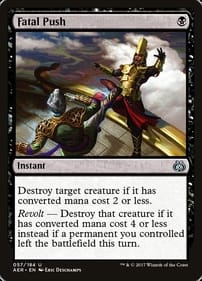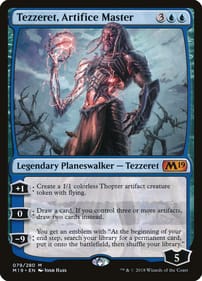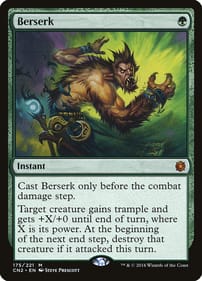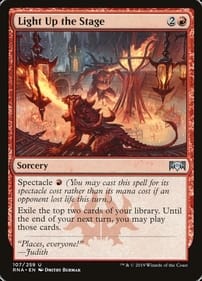Why Ban TikTok? It’s Comics That Are Turning Our Children Into Delinquents!
By Dan Brown
What do TikTok and comic books have in common?
They are both part of a long list of evils the U.S. government has considered banning.
TikTok, as you may have heard, is the subject of legislation that cleared the U,S, House of Representatives last week. It’s not clear when the Senate will take up the bill, but President Joe Biden has already said he will sign it into law.
From the coverage I’ve read and seen, the legislation would outlaw TikTok in the U.S.A. unless its Chinese parent company divests itself of the video-sharing utility.
American lawmakers have cited security concerns as their justification for outlawing TikTok, which is used south of the border by 170 million people.
If the panic over TikTok seems familiar, that’s because it’s not the first time the feds have considered taking action to crush a perceived threat to the nation.
Not so long ago, in the 1990s, it was video games that were fingered as the threat to the nation’s innocent young people..
The decade before, it was heavy-metal music that was corrupting young fans as it made eardrums bleed.
Before that, Dungeons & Dragons was turning children into Satan worshippers.
Before the days of role-playing games, it was rock ‘n’ rollers like Elvis Presley, with his gyrating hips, who were leading teens astray.
Before that . . . comic books were the scourge of the nation.
Yep. Comics. You read that correctly.
Silly, right?
Yet as hard as it may be hard to believe today, in 1954 there were actual Congressional hearings by the Subcommittee to Investigate Juvenile Delinquency on how comic books were polluting young minds.
Actual witnesses testified, and the accompanying moral panic turned the comic industry on its ear.
If you want an informative and compelling account of how it all went down, it’s worth hunting down a copy of David Hajdu’s 2008 book The 10-Cent Plague: The Great Comic Book Scare and How it Changed America.
Those who opposed comics – which were a mass medium read by millions back then – argued the monthly publications sensationalized crime, luring otherwise decent children into conflict with the law.
Among the detractors was Fredric Wertham, a psychiatrist whose book Seduction of the Innocent gave the anti-comics crowd the pseudo-scientific cover it needed (I’ve not read it, but I do know his claims have been debunked in the intervening decades, like how Batman and Robin were turning boys gay).
Hajdu, as part of documenting the scare, tracked down people who were involved in comic burnings as kids. That’s right, there were actual comic burnings in America. The people he interviewed spoke about how they were pressured into taking part by their parents or other adults.
The squeeze put on the comics industry led to the demise of several popular titles. In the face of threats from the feds, comics publishers opted for self-censorship, the result being the creation of the Comics Code Authority, the seal of which appeared on approved comics from 1954 to 2010.
Publishers like Marvel and DC eventually withdrew from the industry monitor, setting up their own ratings systems for comic content.
What does all of this augur for TikTok? The lesson is that even if the folks in Washington don’t pass anything, threats by legislators can crater an industry that’s been targeted.
Canadian authorities have said they are monitoring what the U.S. does with TikTok.
As far as I know, it’s still illegal here in Canada to publish comics that depict crime, although I stand to be corrected. That’s right – back in the day, Canadian parliamentarians went even further than their American counterparts in the case of comic books.
So TikTok’s future in this country might not be looking so bright right now.
Dan Brown has covered pop culture for more than 31 years as a journalist and also moderates L.A. Mood’s monthly graphic-novel group.








Leave a comment